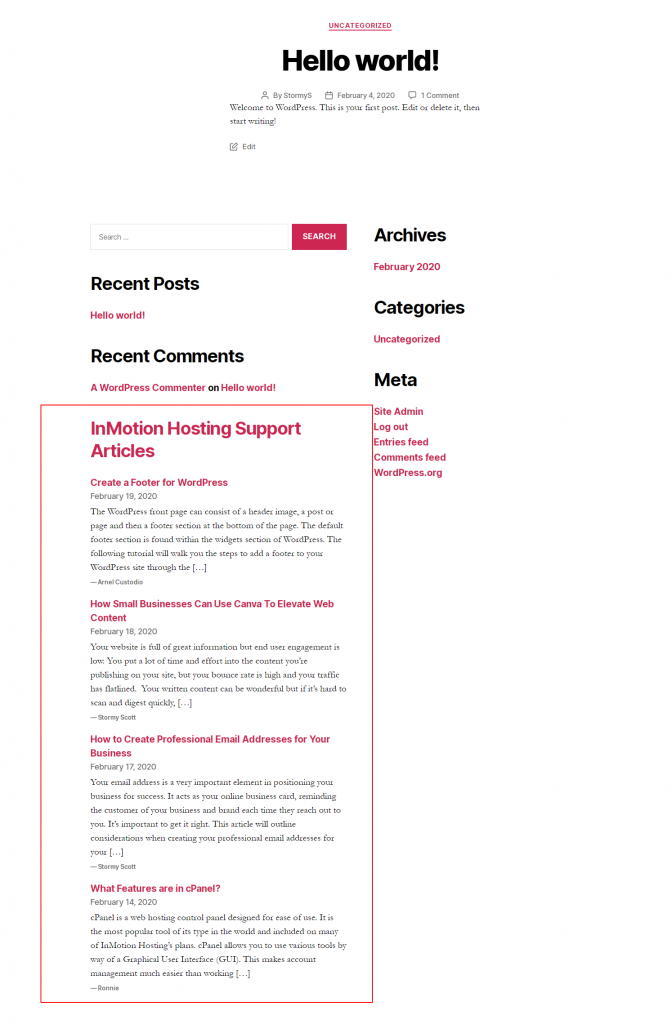
Your XML file must be accessible using a URL for users to read it, just as they would need a URL to read an HTML file.īesides using a dedicated FTP application to upload RSS files, you can let your RSS editor do this for you. When you upload an RSS XML file, store it in the appropriate directory on your Web server, just as you would an HTML file. To upload files using CuteFTP, just drag the file from the window on the left, which shows files on your computer, to the window on the right, which shows files on your Web server ( Figure 3.33).įigure 3.33 CuteFTP is an easy-to-use file transfer application. One of the most popular programs is CuteFTP.

Most of these applications are shareware or freeware.įTP applications have been getting easier and easier to use. Take a look at the software-distribution site for example, which lists more than 100 FTP programs (just search for FTP). You may already have an FTP application, and if not, it's easy to find one. To determine if you need to set the protection level of your RSS files, check with your Web server's technical team.
:max_bytes(150000):strip_icc()/001_what-is-an-rss-feed-and-where-to-get-it-4684568-2440fa5ee540455c903344a9ed141504.jpg)
For example, if your Web server is Unix-based, you could set the protection level to 644, which lets you read and write the file, and allows others only to read them.

When you upload XML files to a Web server, you may have to set a protection level so that the files can be accessed but not modified by others.


 0 kommentar(er)
0 kommentar(er)
